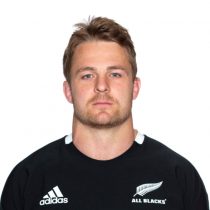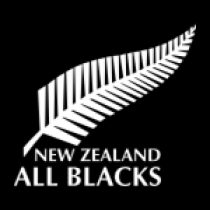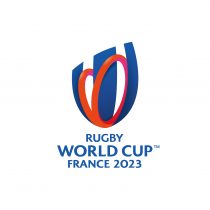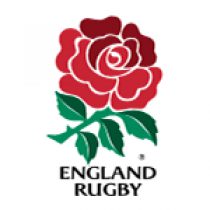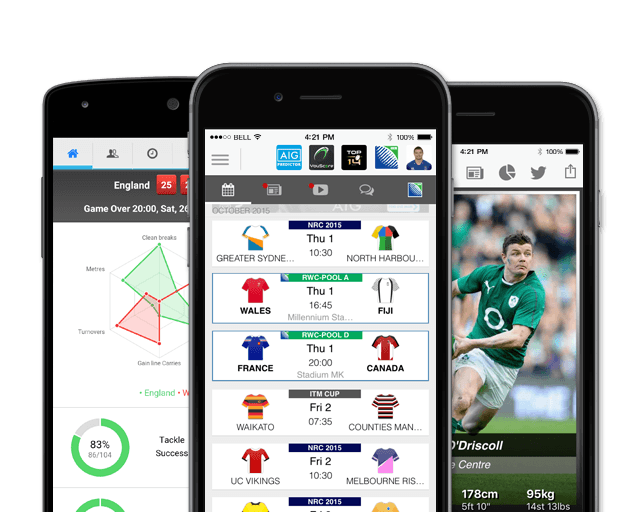Stats review - what do the figures reveal about the four semi-finalists?
- 2519
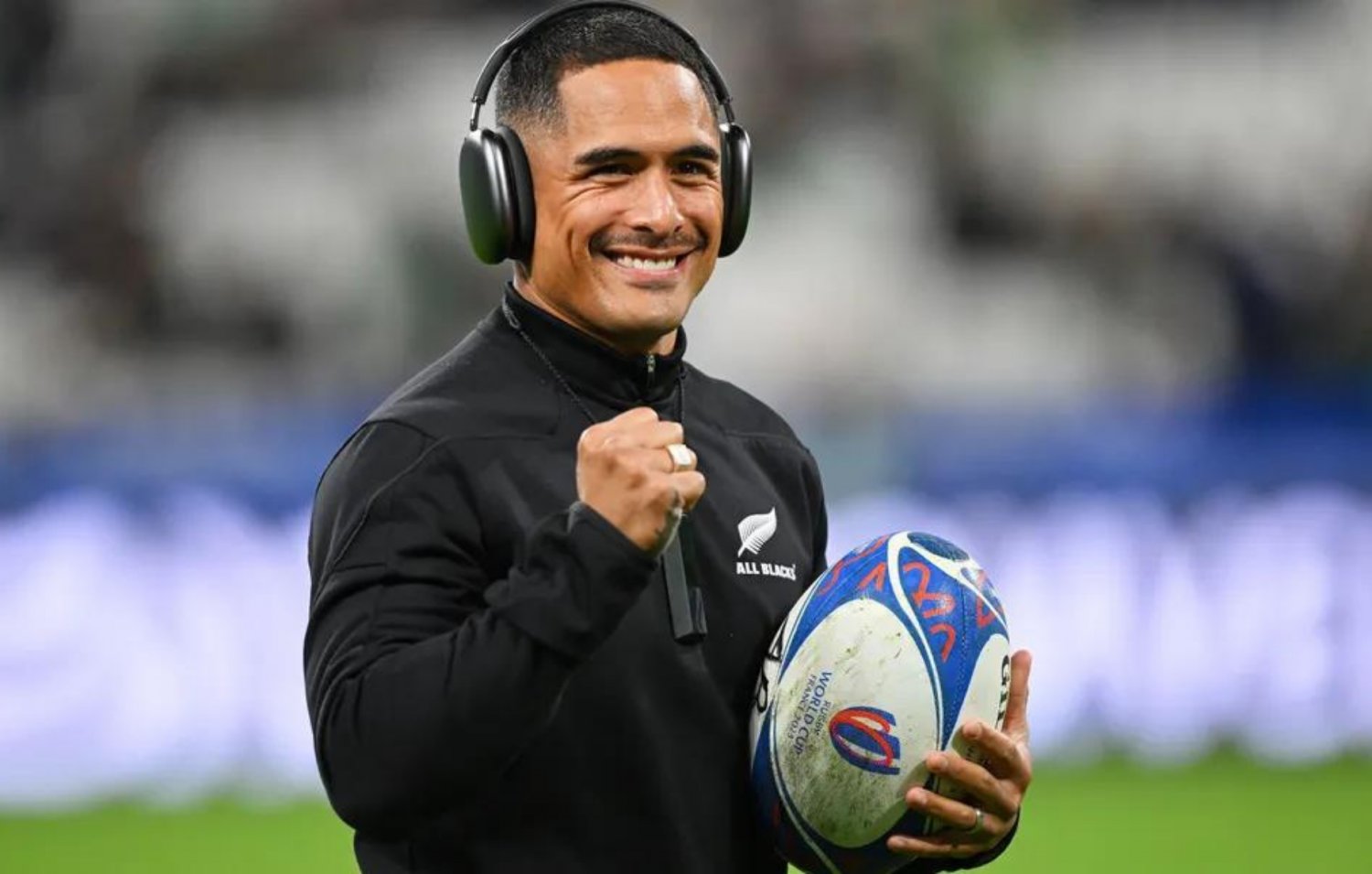
The quarter-finals all came down to the wire and so how did New Zealand, Argentina, South Africa and England make it through to the final four?
Argentina v New Zealand, Stade de France
New Zealand’s herculean effort to deny Ireland in that 37-phase siege of their line in the dying moments of their 28-24 victory at Stade de France is reflected in the statistics.
Until the quarter-final, the All Blacks had made the fewest tackles per game of any team (89.3) but to deny Ireland they had to make the second most any team in the whole tournament.
Their tally of 229 has only been bettered by Wales, who made a Rugby World Cup record of 252 in their pool victory over Fiji.
Unsurprisingly, New Zealand had the best tackle success of the four teams left (87 per cent) and were second for most dominant tackles behind South Africa (9.6).
“What an incredible finish to a test match,” said captain Sam Cane of that frantic finale. “I think that’s the longest I’ve heard of or witnessed. The boys kept turning up for each other.
“I think the defence won us the test match. History shows that teams that win World Cups are very good defensively. It is our benchmark going forward.”
But Argentina, who will face the Kiwis in the first semi-final at Stade de France on Friday, have been warned that the three-time champions are also clicking into gear going forward.
Head coach Ian Foster’s side were top for every single attacking metric out of the four teams left with the most carries (131.8), metres made (694.4), clean breaks (14.0 - double that of the next best), defenders beaten (35.6), offloads (8.2), gainline success (63 per cent), collision success (41 per cent) and positive outcomes (76 per cent), down to turning the ball over the least (11.8).
"The nice thing was the mix of some really good attacking stuff and some really courageous defensive stuff," said All Blacks head coach Ian Foster after the game.
Since defeat against 14-man England in their opening pool game, Argentina have been gradually improving and showed in their crunch pool victory over Japan and the 29-17 quarter-final win over Wales in Marseille that they are not a team to be written off.
Against Wales, Los Pumas were second only to New Zealand for both carries (125.8) and defenders beaten (30.2).
Argentina came away with 4.33 points for every visit to the Wales 22, compared to just 2.33 for their opponents.
Going into the quarter-final they had the second fastest average ruck speed of the tournament (3.37 seconds) and managed to improve that against Wales to 3.22 seconds, meaning their average overall now (3.35 seconds) is the fastest of the four semi-finalists.
But of the remaining teams, Argentina rank fourth for gainline success (51 per cent), collision success (37 per cent) and tackle success (84 per cent).
“In the build-up we didn't play a lot of games,” said head coach Michael Cheika about the Pumas' improvement through the tournament. "We knew the first game [against England] would be a bit rough from us. We learned a lot because there were a lot of first-time World Cuppers in there.
“I think they learned a lot from that game in terms of handling what is knock-out footy in what wasn't knock-out footy - every game since has been knock-out.”
England v South Africa, Stade de France
Cheslin Kolbe’s charge-down of a Thomas Ramos conversion attempt proved crucial in South Africa’s 29-28 victory over hosts France but his overall contribution in the quarter-final was equally impressive.
The wing made the most metres of any player with 317 at an average of 16.7 metres per carry. He also made the most linebreaks for the Springboks with five.
"Cheslin's charge-down, you don't see that often - somebody chasing a lost cause,” said head coach Jacques Nienaber.
WOW! #RWC2023 | #FRAvRSA pic.twitter.com/aVj0M4UUyq
— Rugby World Cup (@rugbyworldcup) October 15, 2023
The defending champions' defence was also important, their 162 tackles the most they have made in the tournament so far and also the most dominant tackles (14.4), 4.8 more than the next most by a quarter-final team.
Attacking wise, South Africa were last for carries (102.6), linebreaks (6.2) and defenders beaten (21.0), but for every entry into the opposition 22 they scored an average of 3.25 points, compared to France’s average of two.
“We were opened up a couple of times but the scrambling, the effort the players put in, was enormous," added Nienaber. "We had limited set-piece opportunity, so credit to the French. Every game is different, but the possession the backs got, they used well, based on the foundation of the forwards."
Semi-final opponents England were the only team to win their quarter-final with a lower red zone efficiency than their opponents, 2.4 points per entry compared to Fiji’s three in the 30-24 victory in Marseille.
England also made fewer metres (468.8) and offloads (5.4) of the final four teams. While they made the second most linebreaks with seven, that was just 0.8 more than the fourth-placed Springboks and half that of New Zealand.
Ruck speed in Saturday’s semi-final at Stade de France may not be the quickest with England’s average of 4.79 seconds the slowest – 0.89 seconds slower compared to the next, South Africa, of the four semi-finalists.
But number eight Ben Earl’s impressive tournament continued. He tops the England statistics for most carries (48), most metres made (372), most linebreaks (5) and most defenders beaten (17), with full-back Marcus Smith second in all those categories - 32 carries, 325 metres made, four linebreaks and 13 defenders beaten.
"He is obviously growing and growing as a player but it is no surprise to me,” England captain Owen Farrell said of his Saracens club-mate Earl.
“I have been his team-mate for a long time now, seeing how hungry he is and seeing how much he wants the ball and wants to get involved when the game matters.”





